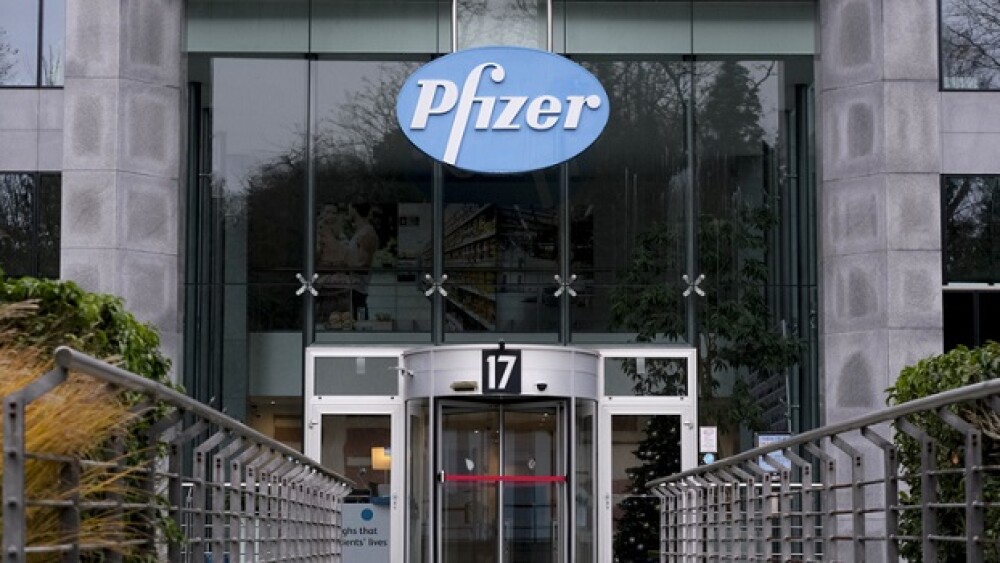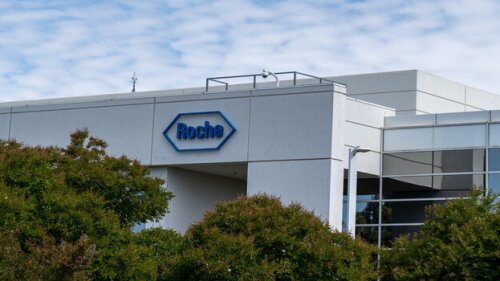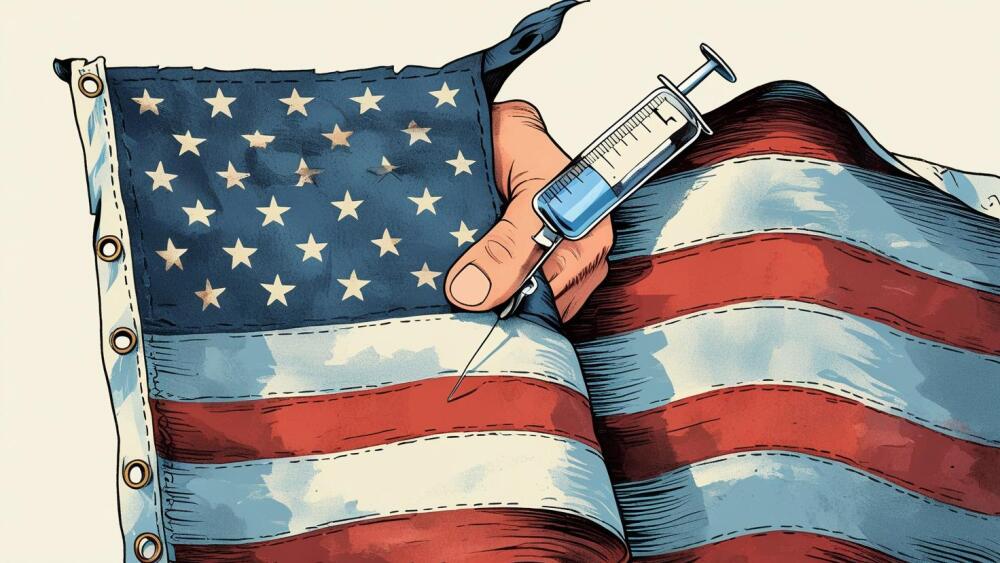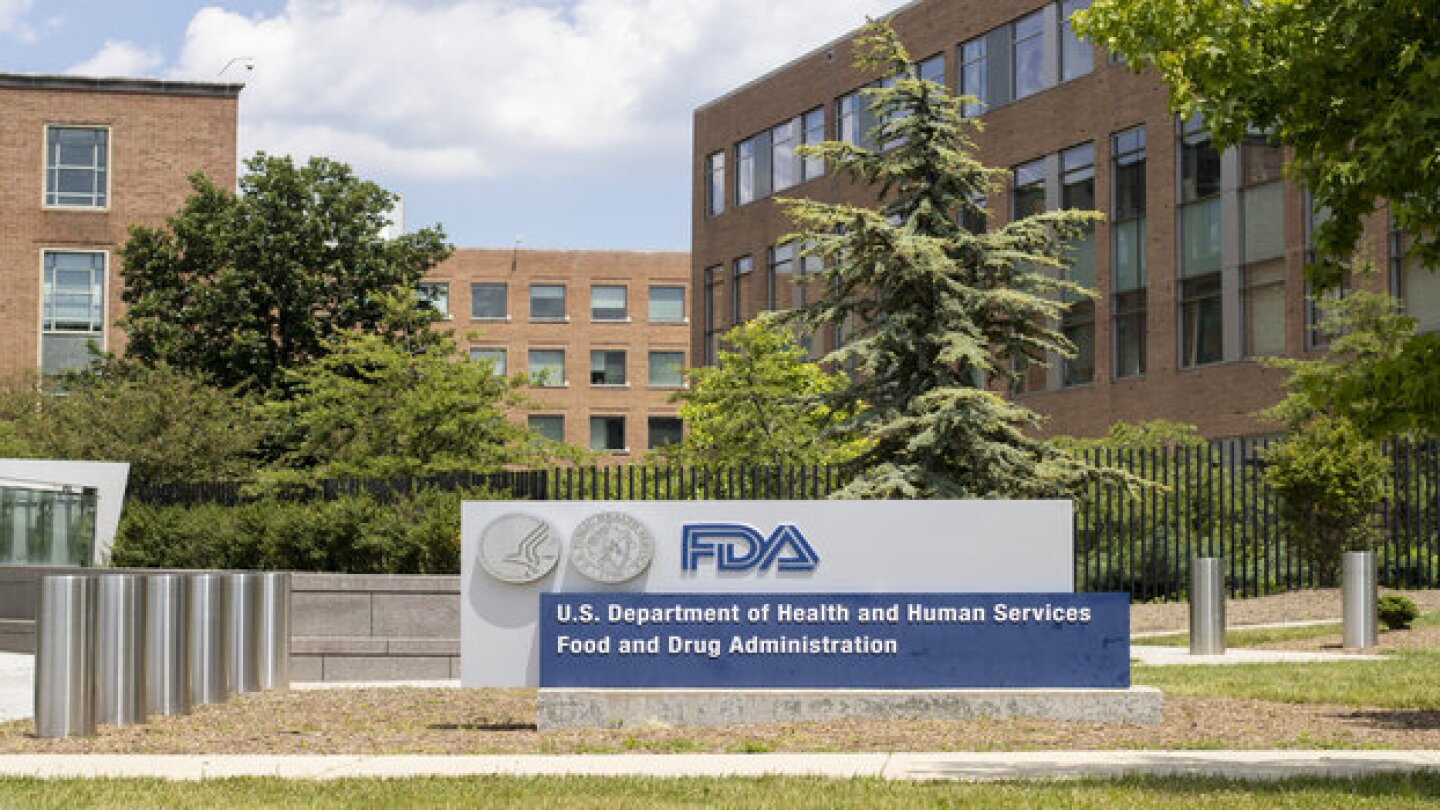News
While new late-stage data point to some liver toxicity signals, analysts at BMO Capital Markets said Tukysa’s efficacy outcomes “appear to more than make up for any safety concerns.”
FEATURED STORIES
The status could support staged transitions to new manufacturing processes, potentially mitigating some risks of high-stakes switches.
What China is accomplishing in R&D “has implications for everyone playing in the R&D or innovation world,” McKinsey’s Fangning Zhang says.
As the FDA unveils a parade of initiatives aimed at accelerating drug development for rare diseases, experts appeal for a consistent approval process that will support and further catalyze momentum.
Job Trends
Four Los Angeles County life sciences projects are receiving funding to support goals that include adding jobs, creating multitenant facilities for graduation-stage companies, financially supporting emerging businesses and attracting large employers to the area.
FROM OUR EDITORS
Read our takes on the biggest stories happening in the industry.
Vaccine skepticism is at an all-time high in the U.S., and HHS Secretary Robert F. Kennedy Jr. is making some drastic moves in the name of reversing that trend. But misinformation and inconsistencies within the country’s healthcare agencies highlight problems with his approach.
THE LATEST
Pfizer apparently had more in the tank after the high-profile battle to acquire Metsera earlier this fall. The company has licensed a new GLP-1 from YaoPharma.
For traditional approval, CAR T therapies will need to establish superiority over current standard treatments, including already-approved CAR T products.
At the heart of the deal is Relation’s Lab-in-the-Loop platform, which uses AI models to improve understanding of diseases and guide clinical development programs.
Structure’s aleniglipron elicited over 11% weight loss in a Phase II trial, sending the biotech’s stock up nearly 103% as markets closed on Monday.
A mid-stage study for ABI-5366 will begin mid next year, while Assembly continues to assess the Phase II potential of ABI-1179.
The agency’s sweeping rollout and staff challenge underscore rising momentum behind agentic AI: advanced, multiagent systems now fueling early pilots in medical writing, patient engagement and regulatory workflows across the industry.
Although still in Phase I, Wave Life Sciences’ injectable RNA weight loss treatment achieved results that impressed analysts, with 4% fat reduction after three months, beating Novo Nordisk’s semaglutide at a similar time point.
The 2025 meeting of the American Society of Hematology features some of the newest developments in blood cancers and rare diseases.
Dyne’s exon-skipping therapy zeleciment rostudirsen resulted in an approximately sevenfold increase in dystrophin levels at six months and elicited functional improvements that are the “best ever” for this treatment class, Stifel analysts said.
GSK and Ideaya first linked up in 2020 to advance novel therapies for solid tumors. It is unclear why the pharma terminated the partnership.






















